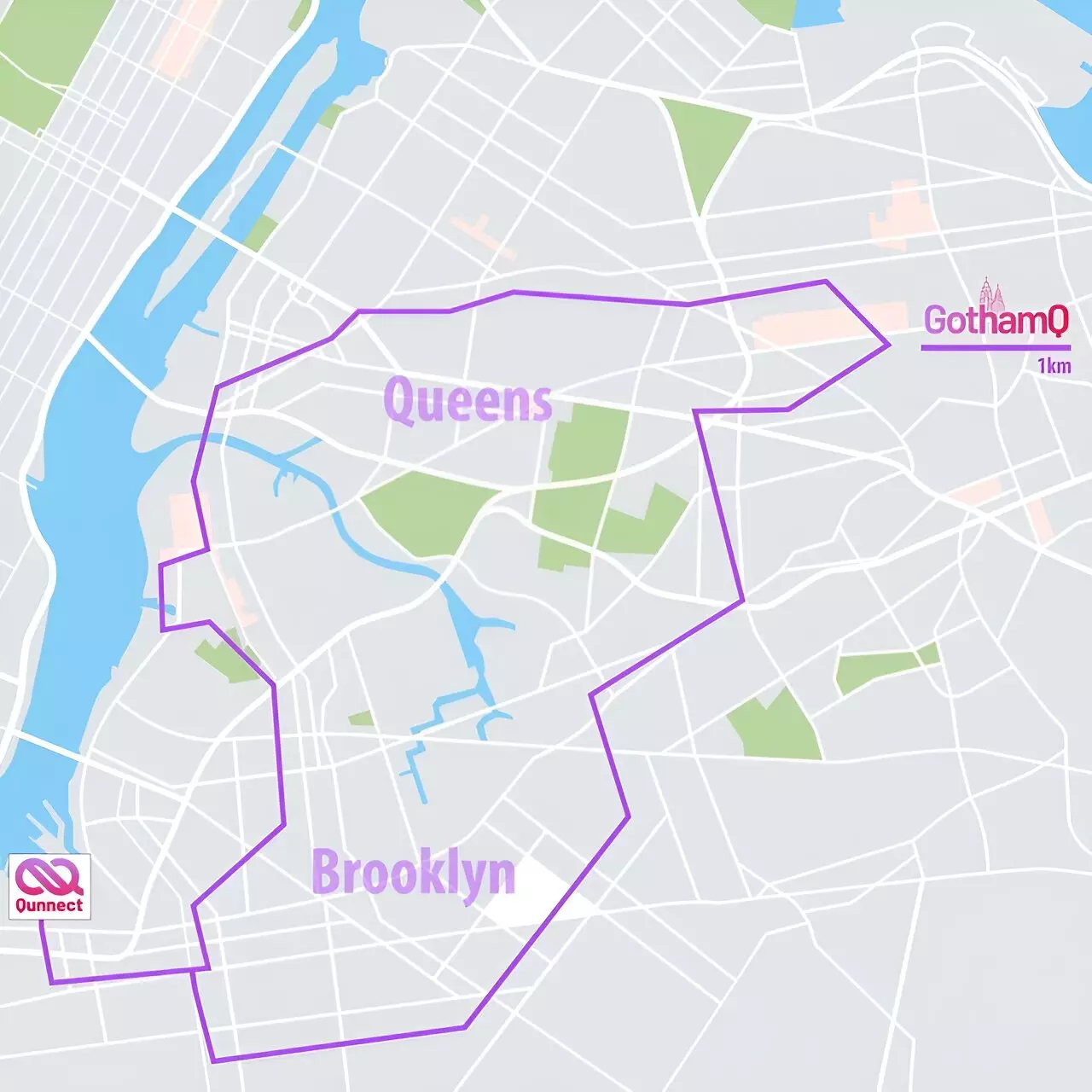Quantum networks have long been considered the future of communication technology, promising secure, high-speed, and efficient data transmission. However, the fragility of entangled states in fiber optic cables has been a major obstacle in the development of practical quantum networks. Recently, a team of scientists at Qunnect Inc. in Brooklyn, New York, made a significant breakthrough by successfully operating a quantum network under the bustling streets of New York City. This achievement marks a crucial step towards bringing quantum networking into the marketplace.
One of the main challenges in quantum networking has been the preservation of entanglement in fiber optic environments. Previous attempts to transmit entangled photons have been hampered by noise and polarization drift, making it difficult to maintain entanglement over long distances. The team at Qunnect tackled this issue head-on by designing a network that could effectively compensate for these disturbances. By using polarization-entangled photons and implementing active compensation mechanisms, they were able to achieve remarkable results.
For their prototype network, the Qunnect researchers utilized a 34-kilometer-long fiber circuit, aptly named the GothamQ loop. Operating the loop for a continuous duration of 15 days, they achieved an unprecedented uptime of 99.84%. The entangled photon pairs were transmitted at a rate of approximately 20,000 per second, with a compensation fidelity of 99%. Even at higher rates of half a million entangled photon pairs per second, the fidelity remained at an impressive 90%.
Quantum entanglement, recognized by the 2022 Nobel Prize in Physics, is a phenomenon where particles within a quantum state exhibit correlations regardless of distance. The Qunnect team used polarization-entangled photons in their network, harnessing the unique properties of these particles for quantum communication. By entangling infrared and near-infrared photons, they were able to create a robust system compatible with existing quantum technologies.
To address polarization drift issues, Qunnect developed automated polarization compensation (APC) devices that could electronically stabilize entangled photon pairs. By sending classical photon pairs of known polarizations down the fiber, they could accurately measure and correct for polarization disturbances. This groundbreaking approach enabled the team to maintain entanglement over significant transmission distances and achieve a remarkable level of stability in their network.
The success of Qunnect’s GothamQ loop demonstration signifies a critical advancement towards practical quantum networking solutions. By showcasing a hands-off operation, high uptime percentage, and long-term entanglement preservation, the team has made significant progress towards establishing a fully automated entanglement network. This development is pivotal for the realization of a quantum internet and opens up new possibilities for secure and efficient data transmission on a global scale.
The work conducted by the scientists at Qunnect Inc. represents a significant milestone in the field of quantum networking. By overcoming key challenges and demonstrating the feasibility of operating a quantum network in a real-world environment, they have set the stage for a new era of communication technology. With further advancements and refinements, quantum networks hold the promise of revolutionizing the way we transmit and process information, paving the way for a more interconnected and secure digital future.

